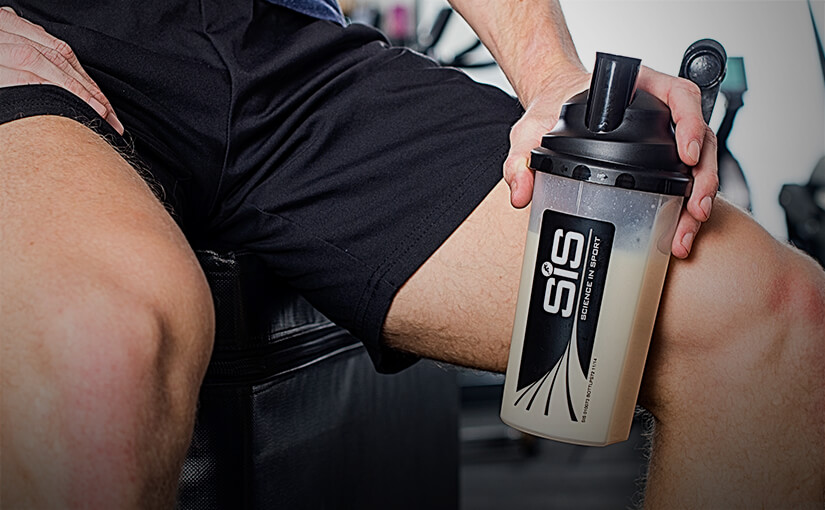The Ultimate Guide to Post-Workout Recovery, According to a Trainer
post“Rest days are as critical as hard training sessions in a well-rounded running programme”, Silva says. All of these recovery modalities can also help protect you from injury. Running is a high-impact sport, which means it’s harder on the body than a low-impact exercise like swimming. As Raquelle Felder, PT, DPT and owner of San Diego Mobile Rehab and Physical Therapy, points out, your muscles develop micro-tears after a tough workout. “These micro-tears are normal and are healed with proper recovery”, she says.
Muscles that are tight, bound down, and otherwise immobile will not only function in a sub-par manner, but they will likely also exhibit sub-par recovery capacity. In super hot and humid conditions, you probably want to dial back on your pace, intensity, and/or mileage. You might also need more rest days when it’s warm out, as well as more fluids and electrolytes to keep your body performing at its best. He recommends 15 to 20 minutes of rest to help amp up your recovery.
{
Hardcover Fiction
- You risk injuring yourself if you don’t give your muscles time to recuperate.
- Wearing compression clothing for hours after a workout should enhance recovery, and you can also wear it to make things like foam rolling and recovery workouts even more effective.
- For recreational athletes, building in rest days and engaging in active recovery can help maintain a better balance between home, work, and fitness goals.
- Inflammation may not be a factor in DOMS in particular, but it does contribute to some muscle soreness—and getting serious rest can help alleviate that.
- There’s a lot that goes into recognizing these myths, so here’s some help with some of the most common ones, which can easily creep into your workouts and mess up your training plan.
- After an intense workout session, our muscles undergo a process of microtears, which is both natural and essential for muscle growth.
{
|}
{
|}{
|}
There are several tips and tricks below to help you prioritize and get back to normal, quicker. “This condition appears to be the result of small tears in muscle fiber that combine with an inflammatory process to result in pain.” Quality sleep is often overlooked but is crucial for muscle recovery. During sleep, the body undergoes essential repair processes, including muscle growth and hormone regulation. But studies also suggest that wearing compression clothing AFTER training can enhance recovery.
Ice baths
This inflammation is caused by blood cells rushing to the affected areas to heal the muscles and tissue as quickly as possible, repairing them to come back stronger and healthier. It doesn’t happen immediately, though, because muscles don’t become inflamed from activity right away. He warns people often overdo exercise, which in fact hampers the recovery process. That’s why he’s banned his members from doing more than one session a day.
As far as we’re concerned, every good workout starts with a good warm-up, and taking the time to effectively warm up can help reduce muscle soreness and risk of injury. While sore muscles are usually from the hard work you’ve put in, sometimes the pain you feel is actually strain from not warming up properly. Rest and recovery is an essential part of any workout routine.
Homemade Protein Bars
As a result, DOMS typically occurs within 24 to 72 hours after exercise, peaking around the 48-hour mark. This delayed onset distinguishes DOMS from acute muscle soreness, which occurs during or immediately after exercise due to factors like inadequate warm-up or excessive fatigue. You’ve just crushed another intense workout, pushing the limits and feeling the burn in all the right places. But as you catch your breath and wipe away the sweat, you can already feel the familiar ache settling into your muscles. You wake up the next day, and suddenly, every movement feels like an epic feat. We know—you’ve been lectured on getting enough water a million times, but that’s because it does so much.
Aim to roll evenly across the muscle, too, and not just on the tougher tendon tissue. Some elite athletes challenge the conventional wisdom of weekly rest days, emphasizing https://www.theyeshivaworld.com/news/general/2371649/mad-muscles-review-subscription-insights-and-benefits.html frequency and consistency over full recovery. They argue that strategic training, careful load management, and experience allow them to push through more frequent sessions without compromising performance. In these cases, the body adapts to high workloads through repeated exposure, enhancing endurance, skill acquisition, and resilience. Think of cross-training, which includes low-impact exercises like swimming, vinyasa yoga, cycling and Pilates, as active recovery.
{
Foam Rolling and Self-Myofascial Release
|}
For instance, rest is physically necessary for the muscles to repair, rebuild, and strengthen. For recreational athletes, building in rest days and engaging in active recovery can help maintain a better balance between home, work, and fitness goals. The optimal rest time is between hours for the muscles that were worked. Ultimately, recovery is not a sign of weakness but a crucial component of your fitness journey. It’s during periods of rest and recovery that your muscles repair, rebuild, and grow stronger. By prioritizing recovery, you’ll not only reduce the risk of injury but also enhance your performance, endurance, and overall well-being in the long run.
Foam rolling, which is a form of self-myofascial release, massages the fascia and the underlying muscle tissue to eliminate adhesions. While initially painful, foam rolling quickly becomes quite enjoyable, and can even be relaxing. One of the best ways to speed up recovery is also the most counter-intuitive – training the same muscle group again the very next day. Ideally, you should chug down a protein and carb recovery shake straight after your cool down (2). Keep the recovery process rolling by eating a high protein and carb meal within two hours of training too.
{
Because of this, a lot of bodybuilders only train each muscle group once every seven days, using a weekly body part split. While this can be effective, such long breaks between workouts can also mean that your progress is not as fast as it could be. The reality is that, after a hard workout, you are actually weaker and smaller than you were before it. It takes time for your body to “bounce back” – and that’s what the recovery process is all about. This comprehensive guide goes beyond the basics and provides evidence-based strategies for recovery from a workout.




